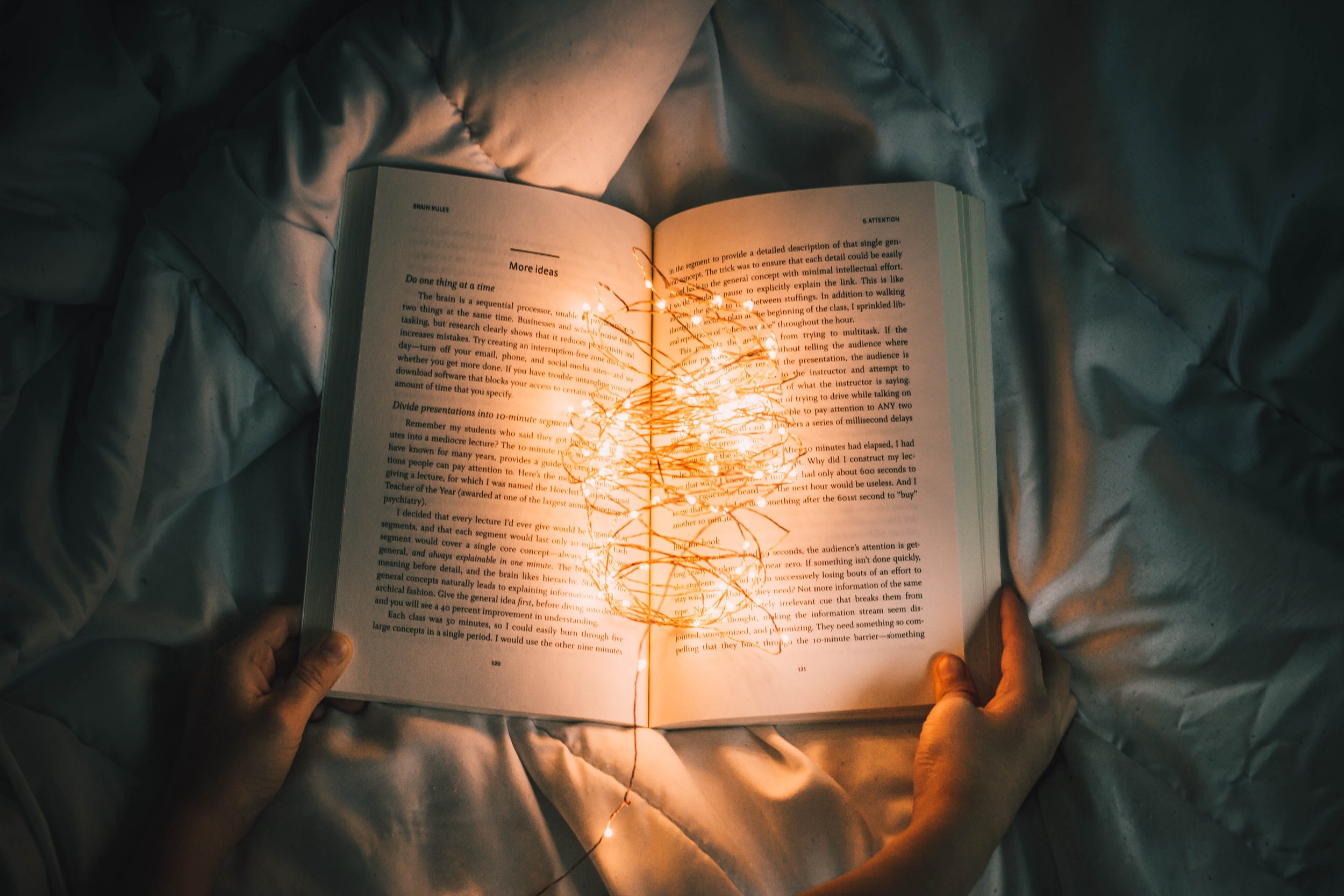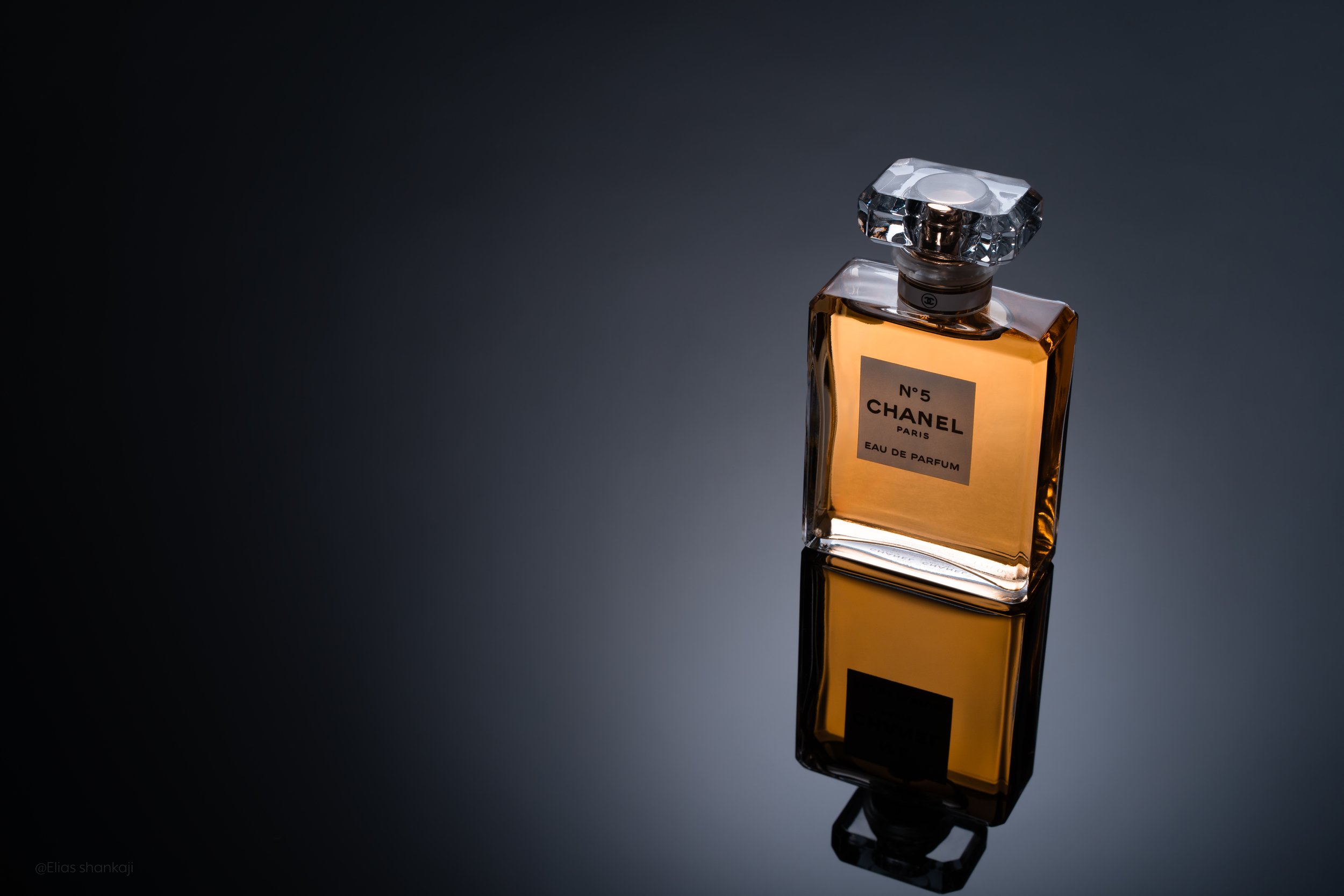7 Essential Tips and Tricks for Successful Film Photography
Film photography is an exciting and rewarding medium that can produce unique and stunning images. While it may seem daunting for those who have only shot digitally, there are some tips and tricks that can help you get started with film photography.
Choose the right film
The first step to successful film photography is to choose the right film for your shooting conditions. Different films have different characteristics, including color saturation, contrast, and grain. It's important to experiment with different films to see which ones work best for your style and needs. Some popular film brands include Kodak, Fujifilm, and Ilford.
Mind your exposure
Unlike digital cameras, film cameras do not have a built-in light meter, so you will need to learn how to properly expose your shots. A handheld light meter is a great tool to help you get accurate readings. You can also use the Sunny 16 rule as a starting point for outdoor shots: set your aperture to f/16 and your shutter speed to the reciprocal of your ISO setting (e.g. 1/100th of a second for ISO 100). This should give you a well-exposed shot in bright sunlight.
Focus manually
Most film cameras do not have autofocus, so you will need to learn how to focus manually. This can take some practice, but it is a skill that will serve you well in all aspects of photography. Use the split-image or microprism focusing aids in your camera's viewfinder to help you get sharp focus.
Use a tripod
Film cameras tend to be larger and heavier than their digital counterparts, so it can be challenging to hold them steady for long exposures. A tripod is an essential tool for film photography, particularly if you plan to shoot in low light or capture motion blur.
Develop your own film
While it's certainly possible to have your film processed by a lab, developing your own film can be a rewarding experience. It gives you more control over the final image and allows you to experiment with different developing techniques. You will need some basic equipment to get started, including a developing tank, chemicals, and a darkroom or changing bag.
Experiment with different formats
Film photography offers a variety of formats, including 35mm, medium format, and large format. Each format has its own unique characteristics and can produce stunning images. Experimenting with different formats can help you find your preferred style and expand your photographic horizons.
Practice patience
One of the biggest differences between film and digital photography is the time it takes to see your results. With digital, you can review your shots immediately and make adjustments on the fly. With film, you will need to wait until your film is developed to see your images. This can be frustrating at times, but it also teaches you to slow down and be more deliberate in your shooting.
In conclusion, film photography is a rewarding and exciting medium that can produce stunning images. By following these tips and tricks, you can get started with film photography and start creating your own unique images. Remember to experiment, practice patience, and enjoy the process!










